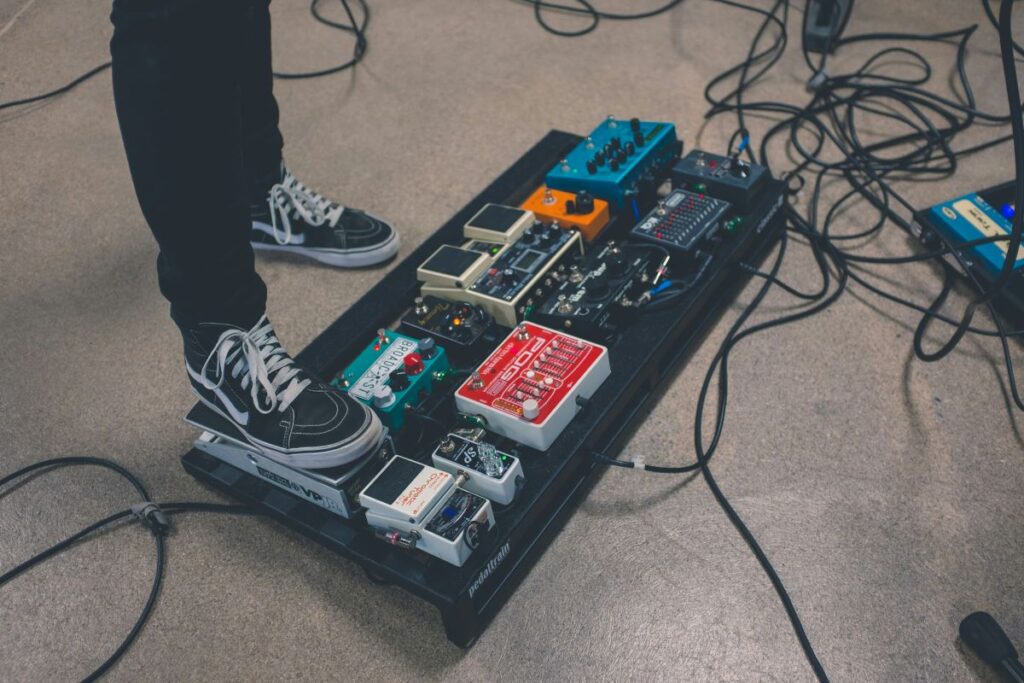AD | Optimizing Pedal Board Layout for Maximum Performance
In musical performance, when every note and every tiny detail counts, creating a perfect pedal board setup is an art. The number of pedals available, each with its own sonic color, makes this a challenging and fun job. But, don’t worry. With a systematic approach and paying attention to details you can create a perfect pedal board layout which will give you the best performance in terms of both convenience and sound quality.
Crafting a Symphony: Organizing Your Pedals
Placing pedals on the board is not a one-size-fits-all method. Nevertheless, there are some basic guidelines that will help you to develop a layout that will be the most efficient and user-friendly. It is good to cluster pedals that perform similar functions such as modulation or time-based effects in order to save time and effort in tapping.
Harmonizing the Signal Chain
The signal chain is the backbone of any pedal board setup – it is the path that your guitar signal follows as it goes through each pedal in your board. This signal chain is the key to maximizing the use of the pedal board and ensuring that the effects are properly connected. It also ensures that the signal from your guitar is not distorted as it passes through the pedal board.
Striking the Right Balance: Placement Matters
Although it is quite appealing to arrange your pedals in a row and to pay little attention to their placement, careful consideration of the placement of the pedals can result in substantial sonic benefits. For instance, placing buffered pedals at specific points within your signal chain can help reduce signal loss and preserve clarity, especially where long cables or several true bypass pedals are used.
The Power of Patch Cables
In the big picture of your pedal board layout, patch cables may look like a small detail but their significance is monumental. Choose patch cables of high quality with low capacitance and impedance to prevent signal loss and maintain the purity of your tone. Moreover, make your patch cables as short as they can be, to avoid mess and interference and to provide a clean and noise-free signal path.
Navigating the Maze: Loop Switchers
The more the number of pedals you use, the more complicated the signal chain becomes. Present the loop switchers – amazing gadgets that allow you to operate and regulate a great number of pedals. Loop switchers help users to group pedals in loops that can be turned on or off as desired to keep the pedal board simple and also to avoid signal loss and tone suck.
Elevating Your Performance
Sound quality is one of the areas where every little thing counts. Optimization of your pedal board allows you to venture out to other places when you are playing music. From signal chain management to patch cable and loop switcher application, all that you do changes the sound of your music. Thus, spend some time crafting a pedal board that you are enthusiastic about and that will assist you in becoming the musician you always dreamed to be.
TAGS


